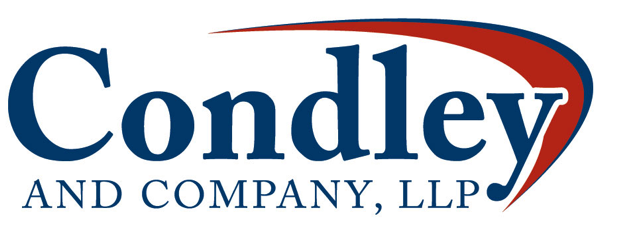
One area that community banks continuously struggle with is Bank Secrecy Act (BSA) compliance. Just how can banks get compliance in this area right?
When planning your bank’s BSA-anti-money laundering risk assessment program, here are two steps to consider:
1. Evaluate Specific Risk Categories
What specific products, services, entities and locations are unique to your community bank? Money laundering, finance terrorism or other illegal activities through a bank can arise from different sources. Interaction with customers (face-to-face vs. electronic banking) should also be considered. Your Bank Secrecy Act officer should highlight potential areas of high risk, and review any changes in risks in order to identify trends and emerging risk areas. Specific customers or entities may pose specific risks. Each category of customer should be evaluated to assess the level of risk. Higher-risk customers include money services businesses; casino and card clubs; dealers in precious metals, stones or jewels; and cash-intensive businesses such as convenience stores, restaurants, and retail stores.
2. Evaluate Bank Customer Activities
Your Bank Secrecy Act officer should be able to separate customers by:
- Groups and services and products used, and
- Risk characteristics in relation to Customer Identification Program and Customer Due Diligence information.
This account analysis should consider the purpose of accounts, actual or anticipated number and type of transaction activity in accounts, the nature of a customer’s business or occupation, a customer’s location and the types of services he or she uses.
This two-step assessment process can help to ensure adequate monitoring on high-risk areas for potential money-laundering activity. Monitoring should ensure diligence for each combination of risk category and customer activity.
To read the full article, please visit www.independentbanker.org.
